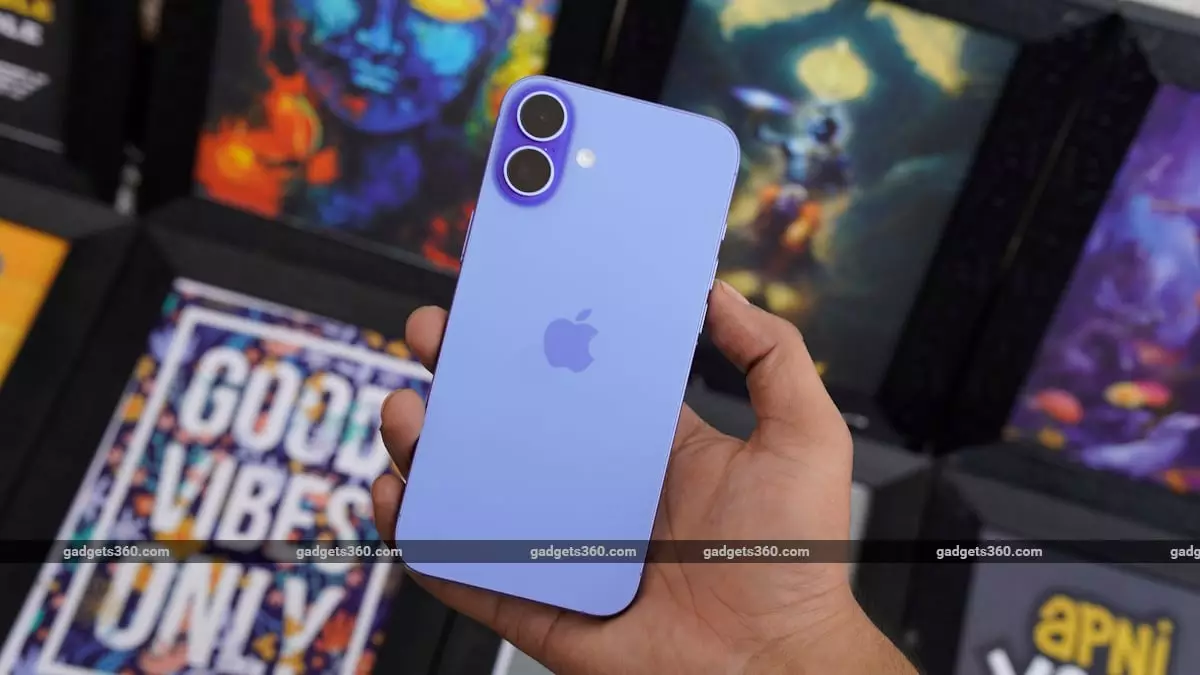Every year, the grand spectacle of online shopping festivals like Flipkart’s “GOAT Sale” promises consumers unprecedented discounts and an irresistible opportunity to upgrade their gadgets at a fraction of the cost. But under the shiny veneer of promotional banners and countdown clocks lies a troubling reality. These sales are less about genuine savings and more about strategic marketing manipulation, designed to foster consumer dependency and perpetuate a cycle of impulsive spending. While the platform flaunts discounts on smartphones, laptops, and accessories, the truth is that the so-called ‘deals’ are often carefully curated to maximize profit margins and create a false sense of urgency.
Instead of empowering consumers, these mega sales function more as psychological traps, convincing buyers that they are making savvy financial decisions when in reality, they are often paying more than they should. Retailers have mastered the art of psychological manipulation—keeping prices inflated before sales and then offering seemingly significant markdowns that are, in fact, built into the original cost. This tactic plays on the common consumer’s desire for instant gratification, making it difficult to resist the temptation of a “once-in-a-lifetime” deal that appears fleeting and exclusive.
The Deceptive Nature of Discount Claims and the Mirage of Value
What’s alarming is how the perceived value of these products is often artificially inflated to create spectacular discount percentages. The flip from an Rs. 79,900 iPhone 16 to Rs. 59,999 during the sale looks like a fantastic bargain—until you realize that prices are often manipulated through strategic timing, slashed supply, or limited-time offers that pressure consumers into rash decisions. Moreover, sales like Flipkart’s “GOAT Sale” are overlapping with Amazon Prime Day, amplifying the illusion of a competitive marketplace while encouraging consumers to splurge rather than shop smart.
Using tools like price tracker apps becomes essential for discerning genuine bargains, yet many customers are unaware of how these discounts are orchestrated behind the scenes. Retail companies are not interested in transparency; they are invested in maintaining an illusion of scarcity, which fuels the frenzy of last-minute purchases. Consumers buy into this illusion, believing they are saving hundreds when the truth is that prices are predatory, designed to squeeze maximum profit from eager buyers.
The Role of Financial Instruments in Creation of False Economies
What’s equally troubling is the strategic use of credit cards, payment apps, and loyalty programs like Flipkart’s SuperCoin. These offer “instant discounts,” but in reality, they are tools for pushing consumers to spend more than they can afford, trapping them in a creditscape where the illusion of savings entices further purchases. The lure of extra discounts with certain bank cards—HDFC, Axis, IDFC First—capitalizes on the consumer’s desire for immediate gratification rather than fostering genuine financial prudence.
This manipulation extends beyond mere pricing. The marketing narrative suggests that consumers are “getting more,” but they’re often simply exchanging their financial stability for cheap electronics that, in the long run, result in more debt and dissatisfaction. The reality is stark: these sales are less about offering true value and more about capitalizing on consumer vulnerabilities, fueling a cycle of impulsive buying that benefits corporations at the expense of individual financial health.
The Myth of Competition and the Hidden Cost of “Deals”
While the sales are pitched as “best deals,” they are strategically timed to limit choice and create an environment where consumers feel pressured to buy quickly. The overlapping sales of Flipkart and Amazon do little to offer genuine competition—instead, they serve as a battleground for marketing dominance. Consumers are led to believe that they are part of a sophisticated, savvy shopping ecosystem when in reality, they are pawns in a multi-billion dollar game of psychological manipulation.
The supposed “discounts” are often inflated expectations of savings, designed to mask the true cost of the products. The arrival of new flagship devices like the Nothing Phone 3 or the discounted iPhone 16 during these sales is less about affordability and more about creating hype, ensuring that consumers associate joy with acquisition rather than value. The ever-changing prices and limited stock further emphasize scarcity, pushing consumers to make impulsive decisions that they will later regret.
By now, it should be clear: these sales are less about honest bargains and more about exploiting consumer psychology. While access to discounted smartphones or accessories feels exciting, the underlying strategy remains rooted in the artful deception of perceived value. True financial literacy involves recognizing these tactics and resisting the allure of superficial discounts, demanding transparency over marketing tricks. Until consumers start questioning the narrative spun by retail giants, they will continue to fall prey to the illusion of savings that benefits only the profit margins of e-commerce giants.

Leave a Reply